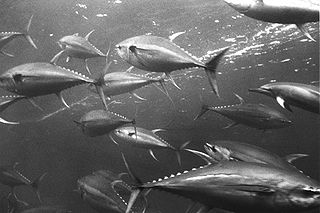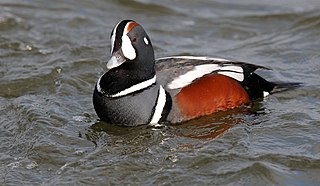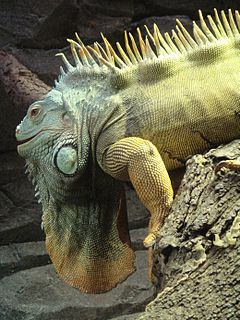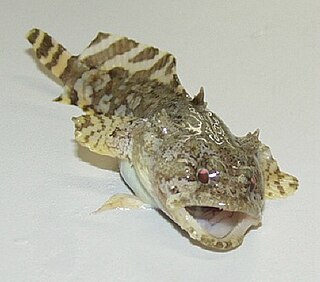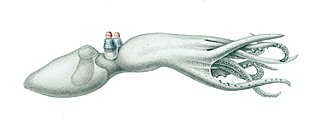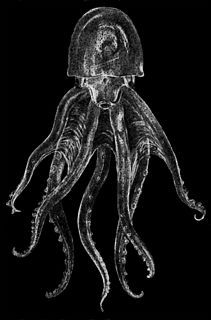| Amphitretus | |
|---|---|
 | |
| Scientific classification | |
| Kingdom: | Animalia |
| Phylum: | Mollusca |
| Class: | Cephalopoda |
| Order: | Octopoda |
| Superfamily: | Octopodoidea |
| Family: | Amphitretidae |
| Subfamily: | Amphitretinae |
| Genus: | Amphitretus Hoyle, 1885 |
| Type species | |
| Amphitretus pelagicus | |
| Species | |
Amphitretus is a genus of pelagic gelatinous octopuses. It is the sole genus of subfamily Amphitretinae, one of three subfamilies in the family Amphitretidae and consists of two species. Some authorities consider Amphitretus thielei as a subspecies of Amphitretus pelagicus , which would make the genus monotypic.
A genus is a taxonomic rank used in the biological classification of living and fossil organisms, as well as viruses, in biology. In the hierarchy of biological classification, genus comes above species and below family. In binomial nomenclature, the genus name forms the first part of the binomial species name for each species within the genus.
The pelagic zone consists of the water column of the open ocean, and can be further divided into regions by depth. The word "pelagic" is derived from Ancient Greek πέλαγος (pélagos), meaning 'open sea'. The pelagic zone can be thought of in terms of an imaginary cylinder or water column that goes from the surface of the sea almost to the bottom. Conditions in the water column change with distance from the surface (depth), e.g. the pressure increases; the temperature, and the amount of light decreases; the salinity, the amount of disolved oxygen, and micronutrients (e.g. Fe++, Mg++, Ca++) all change. Depending on the depth, the water column, rather like the Earth's atmosphere, may be divided into different layers.

The octopus is a soft-bodied, eight-limbed mollusc of the order Octopoda. Around 300 species are recognised, and the order is grouped within the class Cephalopoda with squids, cuttlefish, and nautiloids. Like other cephalopods, the octopus is bilaterally symmetric with two eyes and a beak, with its mouth at the center point of the eight limbs. The soft body can rapidly alter its shape, enabling octopuses to squeeze through small gaps. They trail their eight appendages behind them as they swim. The siphon is used both for respiration and for locomotion, by expelling a jet of water. Octopuses have a complex nervous system and excellent sight, and are among the most intelligent and behaviourally diverse of all invertebrates.
